Sustainable Building for a Better World
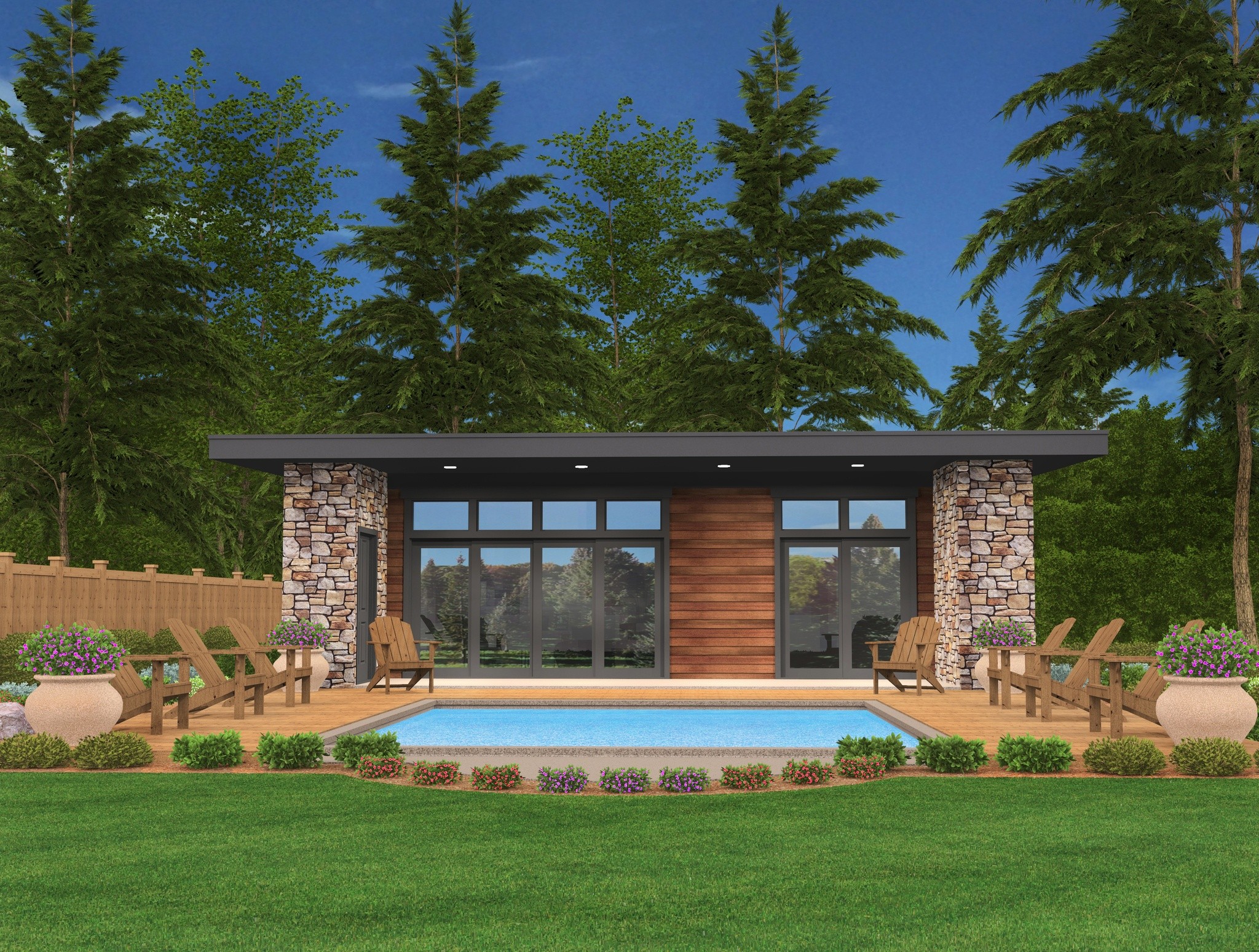
Sustainable Building for a Better World
Samuel Stewart
Sustainable homes have exploded into a huge sector of the building and real estate industries. Sustainable housing is environmentally friendly, cost effective, and beautiful. Thanks to an increased global awareness of the impact we have on our environment, green housing is becoming easier and easier to build. As we as a society have embraced a more sustainable and eco-friendly lifestyle overall, we’re starting to see the effects carry over into all sorts of industries, including the home design and building spheres. Today we’d like to take a look at some of the basic principles of sustainable home construction as well as some of the bigger trends in sustainability.
Reclaimed/Eco-Friendly Materials
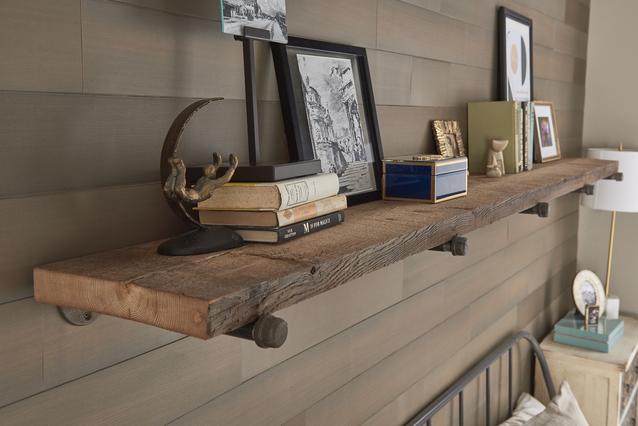
In an effort to create more sustainable homes, designers and builders are choosing to incorporate more and more reclaimed and otherwise eco-friendly materials in their projects. These “green” materials range from reclaimed lumber to recycled plastics, from salvaged tile to recycled insulation. Reclaimed materials are the most environmentally friendly option available, as there are generally no additional production steps involved to consume energy or produce waste. The materials are simply reused and are given a second life. Aurora Mills offers plenty of sizes of dimensional lumber, as well as a showroom featuring tons of doors, lighting, hardware, and anything else that they can salvage. Recycled materials are also very eco-friendly, and their supply chain processes are often designed to minimize environmental impact. Here are just a few popular eco-friendly building materials:
Bamboo Floors
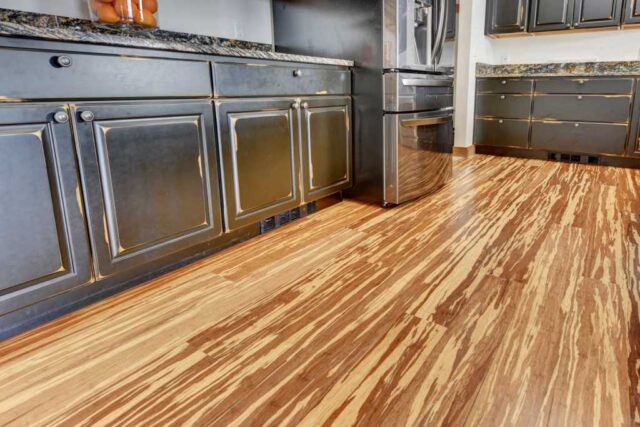
Bamboo grows very quickly, making it easily renewable. It is durable, attractive, and performs quite similarly to exotic hardwoods while growing much faster.
Recycled Metal Roofing
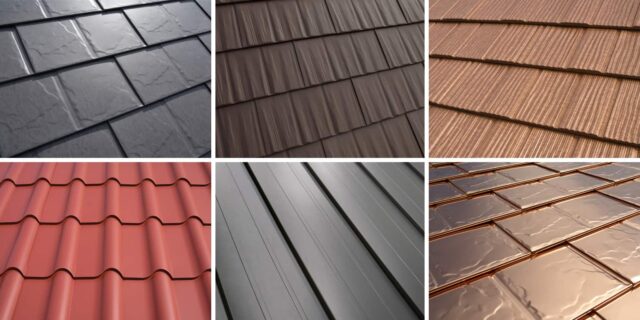
Companies like Interlock Roofing are making roofing from 95% recycled aluminum. This prevents tons of asphalt shingles from ending up in landfills and offers a significantly more environmentally option.
Recycled Glass Countertops
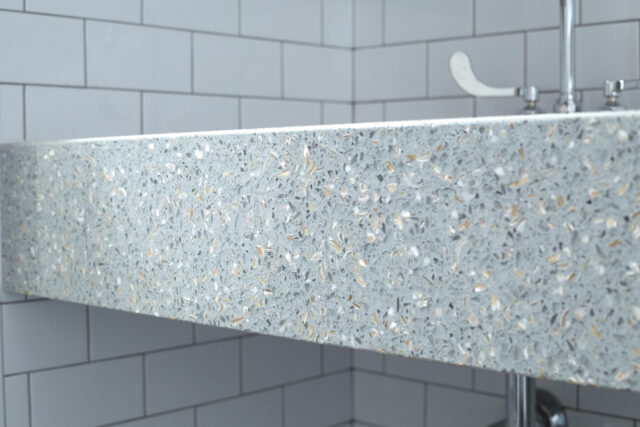
Instead of sending millions of tons of waste glass to landfills, companies like Icestone are creating beautiful countertops from recycled glass, and they do it while striving to be a zero-waste facility themselves.
Tiny Homes/Smaller Homes
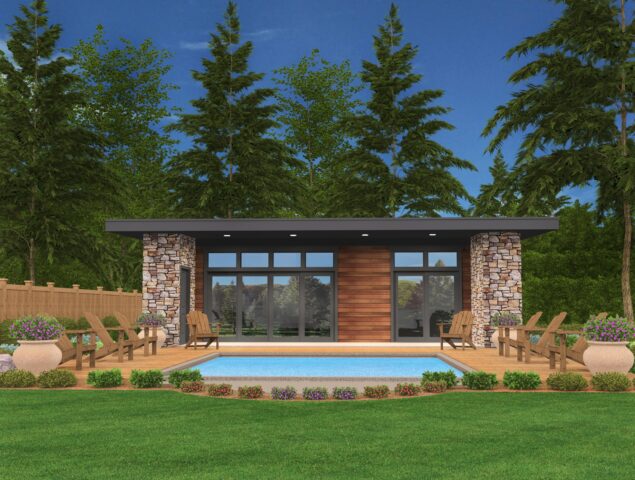
Building and living in a smaller home might seem like a fad, but there are some very real personal and environmental benefits to downsizing your home. The smaller the home, the fewer materials it takes to construct that home. Less timber means fewer trucks making fewer trips, and this in turn reduces CO2 emissions. The same goes for roofing materials, concrete for the foundation, and anything else used to build the home. A smaller home also uses much less electricity, gas, and energy overall. This not only translates to a smaller carbon footprint, but also to significantly smaller energy bills. Smaller houses can often get away with using smaller, more efficient appliances, further reducing environmental impact. On top of all of this, the smaller the home, the easier and cheaper it is to convert to renewable energy sources like solar power. All of these factors combine to make a significantly more sustainable home.
Increasing Energy Efficiency

We touched a little bit on Increasing the efficiency of your home, but we’d like to go a step further and look the steps companies like Stafford Homes and Land are taking to create ultra efficient homes. We’ll touch on the big points here, but if you’d like to learn more about everything they do to go the extra mile, visit http://staffordhomesandland.com. As you know, all new construction has to adhere to a set of building codes. These establish a good baseline for an efficient and safe home, but there is a lot more that can be done to make a home more energy efficient. Here are some of the steps Stafford Homes and Land takes to get their homes to the next level:
Third Party Verified Energy Performance Ratings
There is no verification requirement for a home’s energy performance, but Stafford employs third party companies to inspect their projects throughout the construction process. This proves that they are building above the code requirements and guarantees you’re getting an efficient home.
Sealed Ductwork
It is not required by code to seal the heating and cooling ductwork in a home, but greatly cuts down on energy waste and lost heated or cooled air. Without sealed ductwork, a home may lose up to 30% of conditioned air, whereas sealed ducts reduce that number to around 6%.
Upgraded and Added Insulation
Stafford adds additional insulation throughout the home and uses higher rated insulation than what is called for by code. This increases energy efficiency as well as creates a quieter and more comfortable home.
LEED Certification
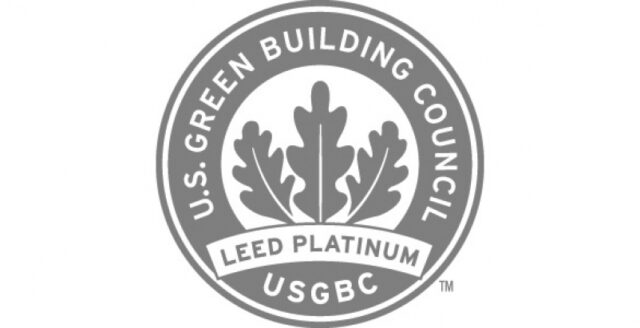
You may have heard of LEED or LEED certification, and you’ve probably seen the symbol above on a number of buildings in your area. LEED stands for Leadership in Energy and Environmental Design, and is the most widely used rating system for green buildings in the world. They offer certification at different levels, from Certified all the way up to Platinum, and are awarded based on how many points a given project earns. From the U.S. Green Building Council website: “LEED recognizes performance in location and planning, sustainable site development, water savings, energy efficiency, materials selection, waste reduction, indoor environmental quality, innovative strategies and attention to priority regional issues.” LEED certification also goes a long way to improving the visibility of your building, make it easier to lease, and boost its resale value. LEED certified projects are better for the environment and the people that live in, work in, and visit them.
There is no reason not to pursue sustainable practices in some capacity, and we should all strive to make more environmentally conscious choices. If you learned something from this article, we encourage you to learn more about sustainability and how you can make your next home work for you and the environment.
